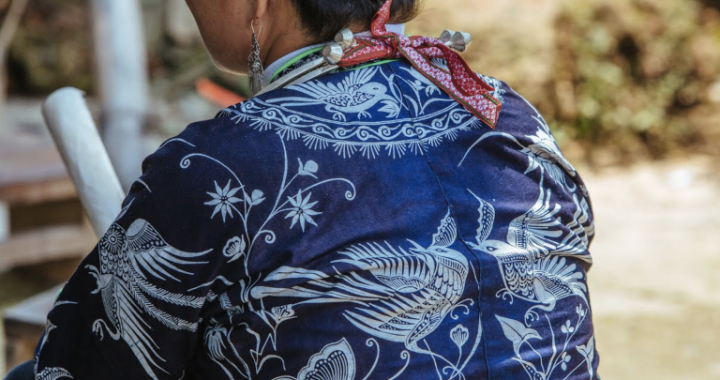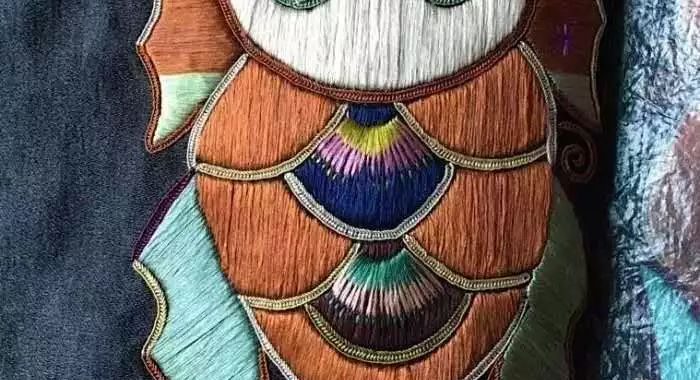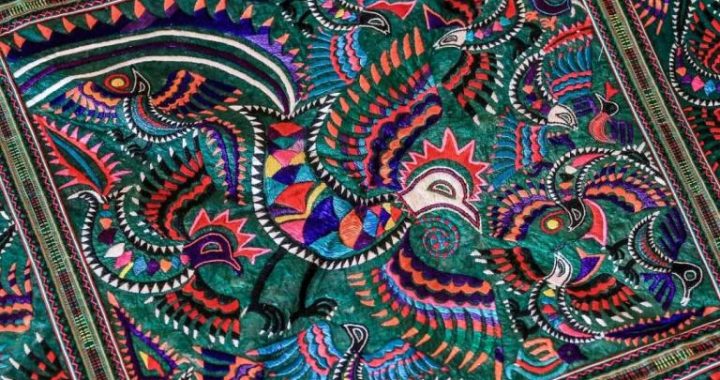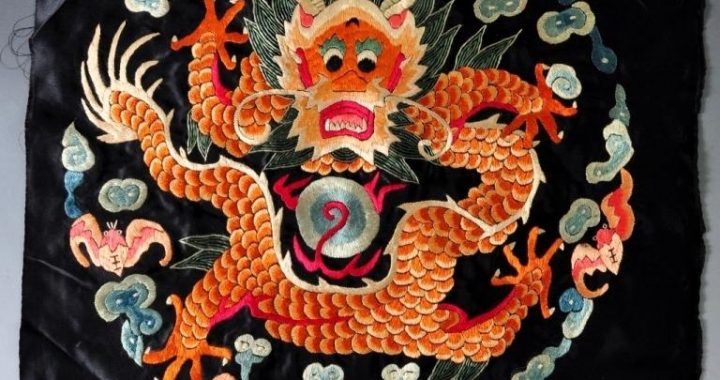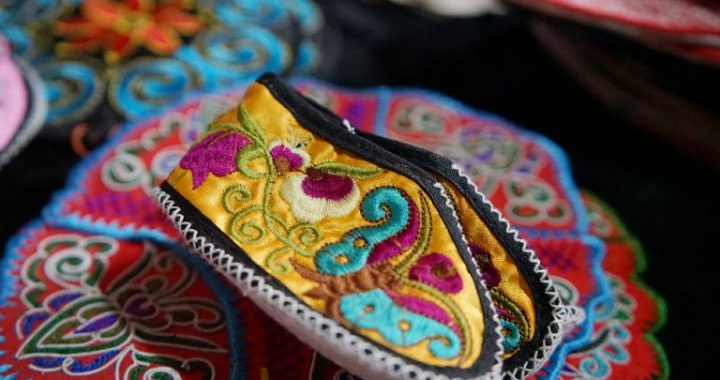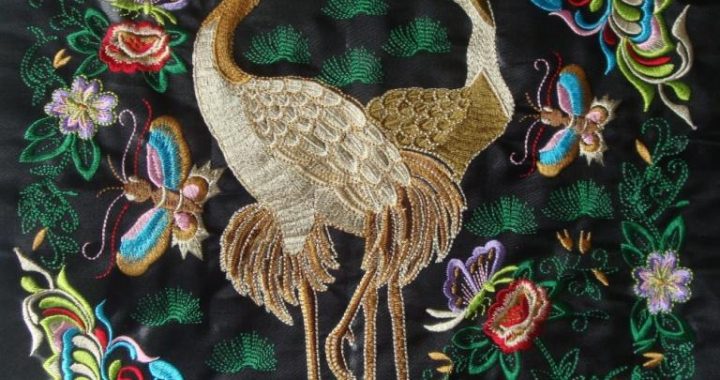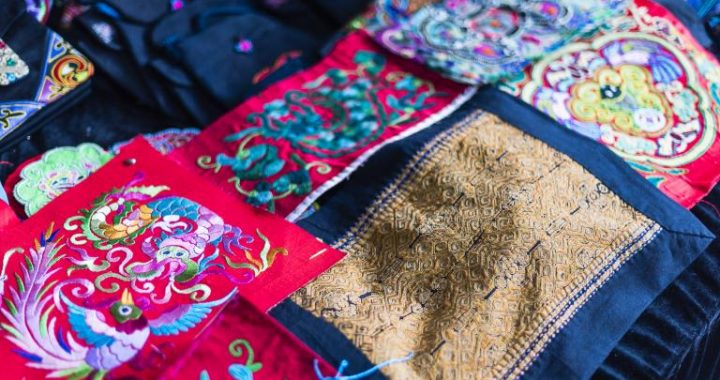Popularity of Western Styles
5 min readFlowers bloom along the Zhuojin river,stirred by spring breeze;girls are rinsing the samite with pattern of mandarin ducks in the river,which dyes the river as splendid as sunset glow.
(Tang dynasty)
The nonstop wars during the Wei,Jin,Southern and Northern dynasties led to the long-term disruption of the country,resulting in a heavy strike on the development of silk production which endured a tough time until the following Sui and Tangdynasties,when ancient China’s economy reached an unprecedented prosperity.The period of unification and economic boom lasted a total of 380 years,and was highlighted by the golden years during the Zhenguan and Kaiyuan era.The stable political environment and the dredging of the Grand Canal between Beijing and Hangzhou fostered economic and cultural exchanges between the south and the north.
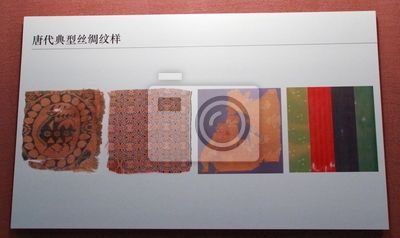
During that time,silk was produced all over China,while the lower reaches of the Yellow River,the Bashu region(present Sichuan),the southeastern region and the northwestern region were the four main centres.
Through the unprecedented prosperity of the Silk Road,the reputation of Tang silk spread all over the world.A story recorded in an Arabian travels goes like this:One day,an Arabian businessman who came to Guangzhou to stock silk,met a Chinese official wearing silk costumes.The silk was so smooth and translucent that he was able to see a black naevus on the chest of the officer.”How marvelous the Chinese silk is!”he couldn’t help complimenting,”I can even see through a silk coat for your naevus.”The official laughed and corrected him:”I’m not wearing onl one silk coat,but five!”Historical documents also record of a green gauze skirtwith patterns of flowers and birds exquisitely weaved by gold thread as thin as hair.The details on these rice-size patterns could still be clearly discerned.
Silk of the Tang dynasty also boasted extremely rich diversities,and featured mass production of light and thin textiles such as twill damask and gauze,with characteristics of the south.As written by the great poet Du Fu,the value of gauz produced in Zhejiang and Jiangsu region and brocade produced in Sichuan can only be measured by precious rulers inlaid with gold granules.
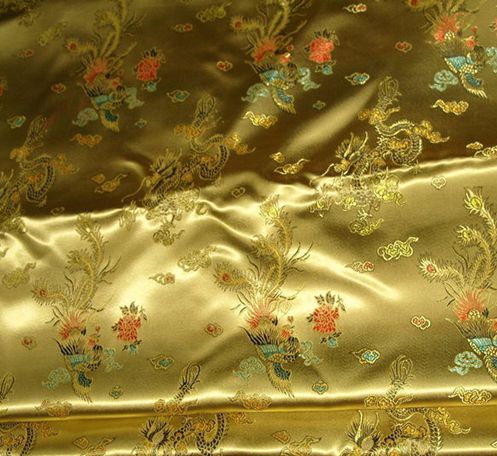
Popularity of Western Styles
The excavated pottery camels,which perk their heads and seem to be ready to start the long journey with rolls of silk on their backs,manifest the unparalleled prosperity of the Silk Road in the Tang dynasty.The expedite transportation alongthe Silk Road not only promoted transfer of silk products,but more importantly,it also fostered spread of silk techniques.In the travels Da Tang Xi Yu Ji(Buddhist Records of the Western World)written according to his own experiences,the famousTang monk Xuanzang recorded the lovely story of Silk Princess,who was believed to have played a key role in the spread of silk techniques to the west.
1)Princess who was esteemed to be a silk transmitter Though the Chinese silk was transported continuously to the west via the Silk Road,people in the West Region didn’t know how to rear silkworms or weave,as there was an unwritten regulation in ancient China that anyone who unfolded the secret of sericulture should be sentenced to death.Then,how did the knowledge finally manage to spread to the west?As recorded by Xuanzang,in order to acquire silkworm eggs and mulberry seeds,the king of the Gostana kingdom in the Western Region near today’s Khotan petitioned the central government to marry a princess to him.The maid sent by the king convinced the princess that as the kingdom was unable to produce silk, if the princess wanted to wear silk costumes after her marriage, she had to bring some silkworm eggs and mulberry seeds with her. Therefore, the smart princess hid some silkworm eggs and mulberry seeds in her coronet, and successfully brought them to the Gostana kingdom. Since then sericulture fast developed in the Western Region, and the princess was remembered as a silk transmitter.
2) Patterns of Pearl Roundels
After sericulture and weaving got spread to the west, silk producing techniques and patterns of the west, were in turn introduced back to ancient China via the Silk Road. The Tang dynasty in particular, saw the import of great numbers of silk products from Mid-Asia, and the introduction of Western Styles.
The most characteristic silk pattern introduced was the pearl roundel. Pearl refers to a series of beads arranged together, while the roundel forms the basic structure of the beads. The pearl roundel pattern originated in the west, and a great number of silk textiles with such patterns have been excavated along the Silk Road. Inside the ring constituted by small beads, it was usually portrayed with large and robust animals of exotic styles, such as big bird and deer and head of a boar. The deer portrayed is a kind of vigorous red deer similar to reindeer of Santa Claus, while boar was believed to be the avatar of a Persian god, thus also frequently appeared on silk. On the other hand, patterns of hunting cavaliers were also common, sometimes riding on winged horses. Their deep eyes, high noses and thick whiskers indicate their origin from Mid-Asian or West-Asian.
Generally speaking, only one animal would appear in each pearl roundel pattern, but paired animals, such as paired deer, peacocks and birds would also appear together in some silk textiles. Peacocks only lived in south Asia, and were usuallyportrayed in their pride. There were also brocades with pattern of mandarin ducks, which have always been a sweet symbol of love between couples.
3) Samite with Crescent Pattern
In 1912, the Otani expedition from Japan excavated in Turfan a special piece of samite. It was weaved by blue and yellow threads with pattern of crescent,a common motif in the Arabian world that usually appeared on silver coins and coronets.A line of Arabian was weaved on the crescent, which briefly means “unique”,”victory’ and”conquest”.”Unique”refers to Allah, the exclusive god of Islam, while the slogan”victory and conquest”reflects the all-conquering vigor of Arab during itsrising era. So the brief meaning of the whole sentence was something like: victory belongs to Allah who will conquer the world. It can be inferred that the place producing this samite was under the Arabian control, and silk took the lead in the eastern expansion of the Islamic culture.
